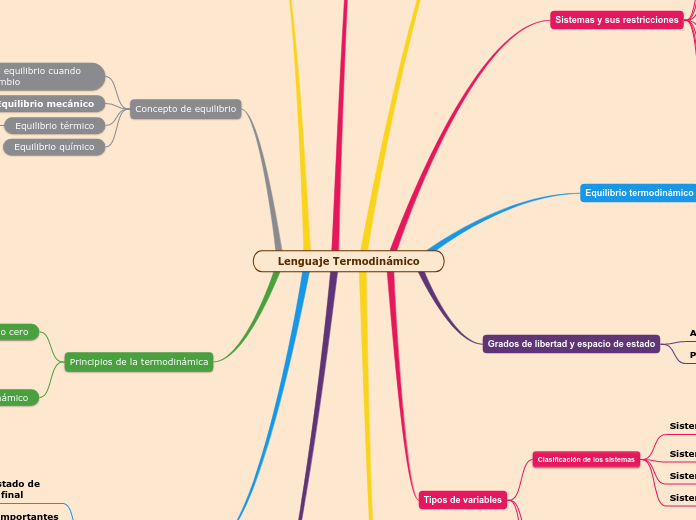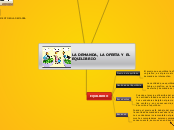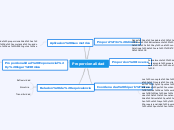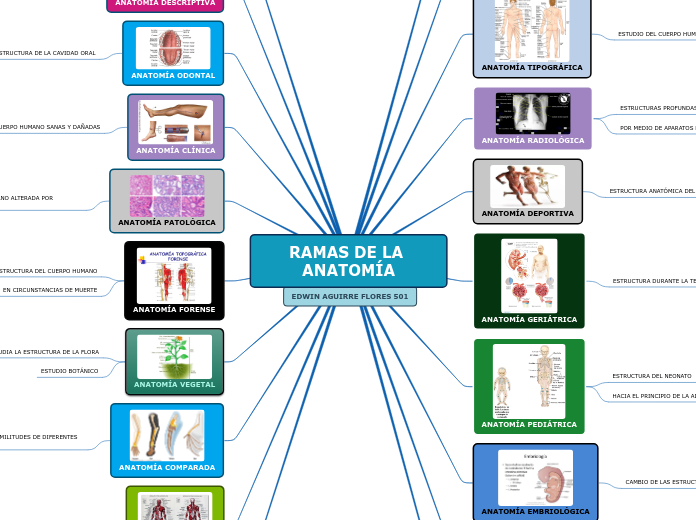Lenguaje Termodinámico
Type in the name of the book you have read.
Sistemas Homogéneos y Heterogéneos
Sistema heterogéneos
Cuando el sistema presenta dos o mas faces homogéneas en su conformación
Sistema Homogéneos
Take notes while you read the book. Write here your favorite quotes from the book.
Presenta un solo estado
Solido ,liquido ,gaseoso ,solución
Procesos Termodinámicos
Take notes while you read the book. Type here the resources, books, or websites that the author mentioned and you want to check out later.
Adiabático
No intercambia calor con su entorno
Isocórico
A volumen constante
Isobárico
A presión constante
Isotérmicos
A temperatura constante
Procesos más importantes
Transcurre desde un estado de equilibrio inicial a otro final
Principios de la termodinámica
Sistema termodinámico
Comprende la posición y velocidad de partículas
Sistema macroscópico
Principio cero
Ley aplicada para sistemas en equilibrio térmico
Fue formulado por primera vez Ralph H Fowler
Concepto de equilibrio
Equilibrio químico
Equilibrio térmico
Ninguna diferencia de temperatura
Equilibrio mecánico
Ninguna fuerza desequilibrada
Un sistema esta en equilibrio cuando no tiene ningún cambio
Concepto de proceso
Cambio de estado desde un estado inicial hasta un estado final
Proceso de casi-equilibrio
Cambia de valor uan variable de estado
Propiedades del sistema
In contrast to the main idea, the theme is the message, lesson or moral of the book.
Some tips to find out the theme of the book easier:
- Try to find it while you are reading. It may be stated or implied.
- Think about how the characters reacted to obstacles.
- Think about the important decisions that the characters made.
- Think about the characters growing or changing throughout the book.
Propiedades intensivas
Son independientes del tamaño del sistema
Por ejemplo viscosidad ,altura ,presión temperatura
Propiedades extensivas
Dependen del tamaño del sistema
Cuando se unen obtienen el valor total
Se utilizan letras mayúsculas
Dependen de las condiciónes de la medida
Tipos de variables
Type the main events of the book, classifying them in: events from the beginning, events from the middle, and events from the end of the book.
Describe the story visually. Add a representative picture for each of them.
Variables extensivas
Resultan aditivas de energía y volumen
Type the main events from the middle.
Add a representative picture for each of them.
Variables intensivas
Como la presión y densidad
Son independientes de la tensión
Type the main events from the beginning.
Add a representative picture for each of them.
Clasificación de los sistemas
Impide el pasaje
materia , calor y trabajo
Sistema adiabático
Permite el pasaje de trabajo
Impide el pasaje de calor y materia
Impide el pasaje de materia
Permite el pasaje de materia y calor
Type the main events from the end.
Add a representative picture for each of them.
La materia ,el calor y el trabajo pueden atravesar libremente
Grados de libertad y espacio de estado
Propiedades mecánicas
Presión y tensión
Grados de libertad de un sistema
Atributos medibles
The main idea is what the book is mostly about.
Some tips to find out the main idea of a book easier:
- Read the title.
- Look for the text features.
- Figure out if you are reading a fiction or a non fiction book.
- Think about some examples that support this idea.
Limitaciones geométricas
largo , ancho y volumen
Equilibrio termodinámico
Type the names of the book characters. Start with the main character.
Draw arrows to represent the relationship between them and if it is possible write on them what they represent for each other (if they are relatives, friends, lovers, enemies etc.)
Sistema macroscópicos
Alcanza un estado de equilibrio
Son valores numéricos
What are the characteristics that best describe the character? Type them here.
Sistemas y sus restricciones
What is the reason why the author wrote the book?
Sistema aislado
No tiene interacción con su alrededor
Sistema abierto
Intercambio de materia de energía con sus alrededores
Sistema cerrado
No pueden intercambiar materia con sus alrededores
La masa permanece constante
Paredes diatémicas
Se puede modificar el grado relativo de calentamiento
Paredes adiabáticas
No se modifica su grado de calentamiento
Alrededores
Caracterizada por intercambios de masa y energía
El grado de interacción dependerá de la naturaleza de sus paredes
Sistemas termodinámicos
Esta constituido por materia y radiación
Lo conforma paredes de recipiente y paredes exteriores
Termodinámica
Who is the author of the book? Type in his/her name.
o ciencia macroscópica
Estructura atómicas y molecular de la materia
ciencia fenomenológica









